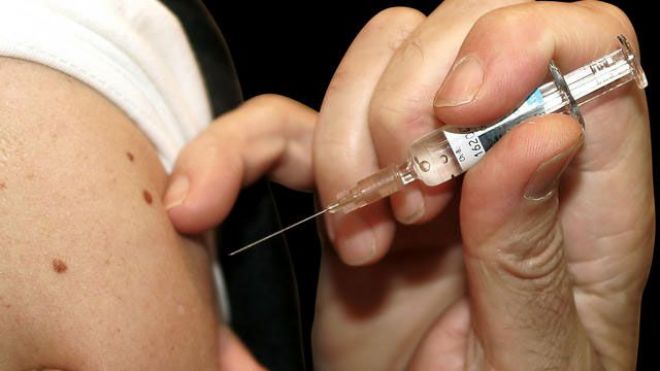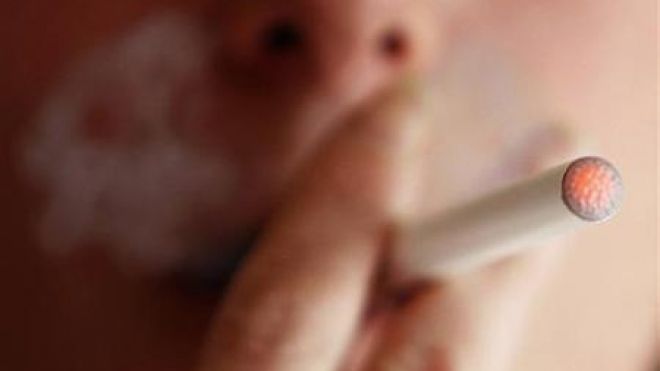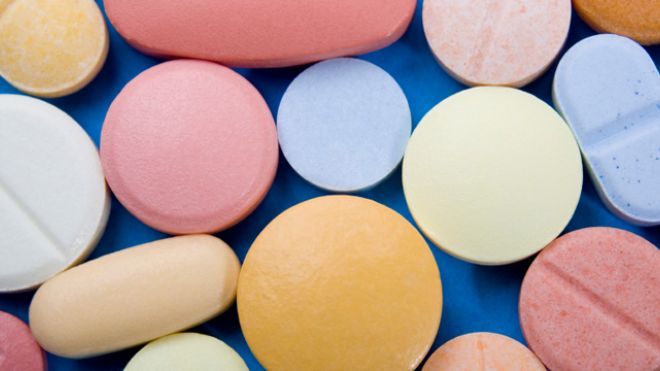Oregon passes bill on vaccination education
A bill that is intended to persuade more Oregon parents to take their kids to doctors for shots and get over their mistrust of conventional medicine has taken a big step in the Legislature with passage by the state Senate. Oregon has the nation's highest rate of parents refusing vaccinations for their kindergartners for nonmedical reasons. This school year, 6.4 percent of Oregon kindergartners were exempted from at least one required vaccination, up from 5.8 percent last year. The median nonmedical exemption rate for kindergartners in the U.S. was 1.2 percent for the 2011-2012 school year, the most recent period for which national data was available, according to the Centers for Disease Control and Prevention. There are some pockets in the state where parents don't believe vaccinations protect their kids and they choose alternative treatments instead. Those kinds of beliefs have raised concerns that Oregon children aren't being adequately protected. On Thursday, the Senate approved a bill that would make it more difficult for parents to get nonmedical exemptions from vaccines for their children. It now goes to the House. The 16-13 vote was along party lines. The bill riled Republicans who said it trampled on religious freedoms and limited parents' choice. “I'm getting very tired of this legislative assembly and this body taking away the choices of parents as to how they raise their kids,” said Sen. Jeff Kruse, a Roseburg Republican. Republicans pitched an alternative proposal that would have carved out an exemption for “sincerely held religious beliefs,” but the plan failed. As proposed, the bill would still allow parents to refuse vaccinations for religious or philosophical reasons, but only after they'd visited the doctor or watched the educational video. Current state law requires all children in public and private schools, preschools and certified child care facilities to be immunized. Parents, however, can seek exemptions for medical or religious reasons. “I worry that most people who use the religious exemption currently are doing so because of pseudo-scientific misinformation, and not because of their faith,” said Sen. Elizabeth Steiner Hayward, a Beaverton Democrat and family physician. Under the bill, parents enrolling unvaccinated children in school would have to prove they consulted a physician for information or show verification they watched an online educational video about the risks and benefits of immunization. The educational material would be consistent with the most up-to-date medical information provided by the CDC. Doctors and public health officials back the plan, saying the rate of unvaccinated children in Oregon is alarming and could cause a resurgence of vaccine-preventable diseases like whooping cough and measles. Similar legislation was passed in Washington in 2011. The following school year, the rate of religious immunization exemptions for kindergartners fell by almost 25 percent, according to CDC data.source : http://www.foxnews.com/health/2013/06/10/oregon-passes-bill-on-vaccination-education/








